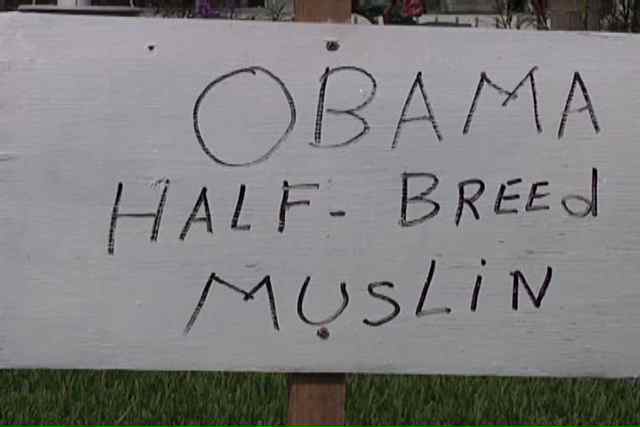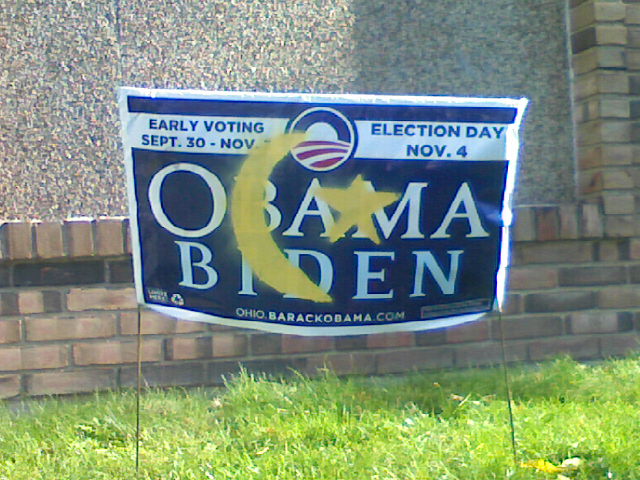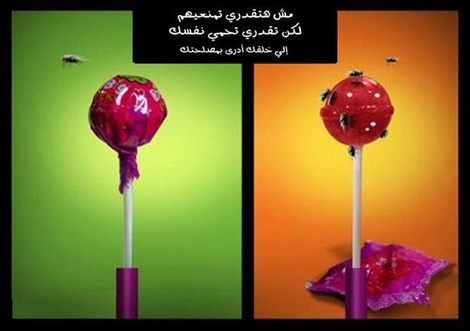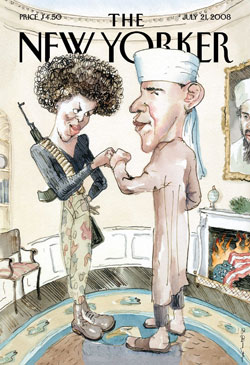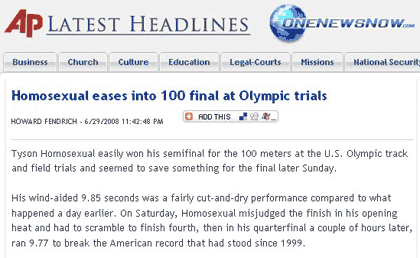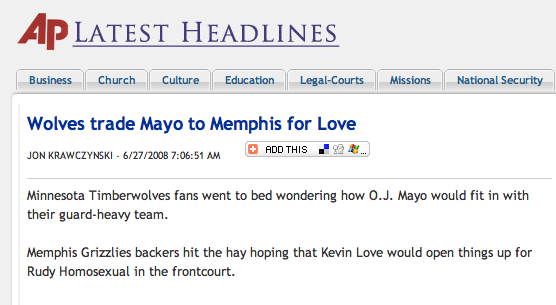
The video “The Great Schlep,” featuring Sarah Silverman, is part of The Great Schlep campaign, which, according to the website,
…aims to have Jewish grandchildren visit their grandparents in Florida, educate them about Obama, and therefore swing the crucial Florida vote in his favor. Don’t have grandparents in Florida? Not Jewish? No problem! You can still become a schlepper and make change happen in 2008, simply by talking to your relatives about Obama.
(Go here if the video isn’t working.)
The Great Schlep’s Facebook page has a link to talking points (titled “Obama Talking Points for Jews”), including,
*He is a Christian and has never been a Muslim.
*Obama ran the business side of his primary campaign significantly better than any other candidate of either party…
*His love for the United States is similar to that of generations of Jewish immigrants, who loved America for giving them an opportunity to succeed if they worked hard enough…
*Obama represents a different kind of black leadership, less interested in the confrontational tactics favored by many who came of age in the 1960s and 1970s…
*Biden’s knowledge of Middle Eastern affairs and his decades of strong support for Israel (he identifies himself as a Zionist) are well documented.
It’s an interesting list, drawing on the “up by your bootstraps” immigrant ideal (“…an opportunity to succeed if they worked hard enough”), the idea of Obama as a non-threatening Black leader, and that Jewish voters would be particularly impressed by Obama being able to manage the “business side” of his campaign.
Now watch this clip of Dave Chappelle’s “Reparations” skit:
(Go here if the video isn’t working.)
These would be great videos for discussing humor and the way that in-group members may be allowed to make jokes that others would be criticized for. Both of these videos are full of images and statements that, should a non-Jew or non-African American say them, would almost certainly be considered incredibly offensive. Are they necessarily not offensive simply because the person presenting them is a member of the stereotyped group? How can we distinguish between humor that pokes fun at stereotypes and humor that just uses them for a cheap laugh?
On the one hand, Whites often use the “it’s just a joke” disclaimer to deny responsibility for racist content in jokes; on the other hand, minorities may use the “I’m a member of the group I’m making fun of; how could the jokes be racist?” argument to deflect criticism. And of course, we may legitimately feel differently about a joke depending on who said it (the whole “are you laughing with us, or at us?” phenomenon). But at the same time, I think it’s sort of fascinating that we’re often allowed, or encouraged, to laugh at racist stereotypes, as long as the person saying them is a member of the stereotyped group–and in fact, we often wouldn’t really know how to go about criticizing them if we felt it was warranted.
Gwen Sharp is an associate professor of sociology at Nevada State College. You can follow her on Twitter at @gwensharpnv.


